Land Rover Series 1-3 Buying Guide
The Land Rover. The go-anywhere vehicle. Our enduring global love affair with this classless, plucky little British utilitarian, is a testament to the remarkable story and status of the original Land Rover. Fancy getting behind the wheel of one yourself? Read our Land Rover Series 1-3 Buying Guide below.
Land Rover History Lesson
Born in Great Britain’s age of Austerity following the Second World War, the Rover Company Limited was forced to rapidly change its approach and model line-up from luxury pre-war vehicles for the middle classes, to affordable practical motor cars for a wider audience.
The story goes that Wilks brothers Maurice and Spencer, the then Chairman and Managing Director of the Rover Company respectively, were sat on the Welsh beach of Red Wharf Bay in Anglesey and sketched out in the sand an outline of their interpretation of an ex-Army jeep that Maurice owned on his farm. The thinking was that a go-anywhere vehicle for the farmer, the faceworker, and the forces could perhaps provide a much-needed boost to Rover’s annual sales, with a production aspiration of around 5000. The boxy little stop-gap car, with its flat aluminum panels (owing to a steel shortage) attached to a ladder chassis, proved to be an instant success. Launched at the 1948 Amsterdam Motor Show, the Land Rover exceeded Rover’s sales expectations, resulting in around 8000 being built and sold in its first year. Demand was such that the company promptly had to adapt to exporting their product overseas, to an increasing customer base all over the world.
The Series Land Rover was an enduring success, helping Rover weather the post-war lean years. Launched in an 80-inch short-wheelbase form, then as a 107-inch long wheelbase, and latterly increasing to 86 and 88 inches for the SWB, with the LWB extending to 109 inches. The earliest cars are unsurprisingly the most sought after and as such, generally worth the most. Through the slight iterations and variances of Series 1, 2, 2a, and 3 (often written as numerals I, II, and III) the original Landy remains one of the most revered classic cars of all time.
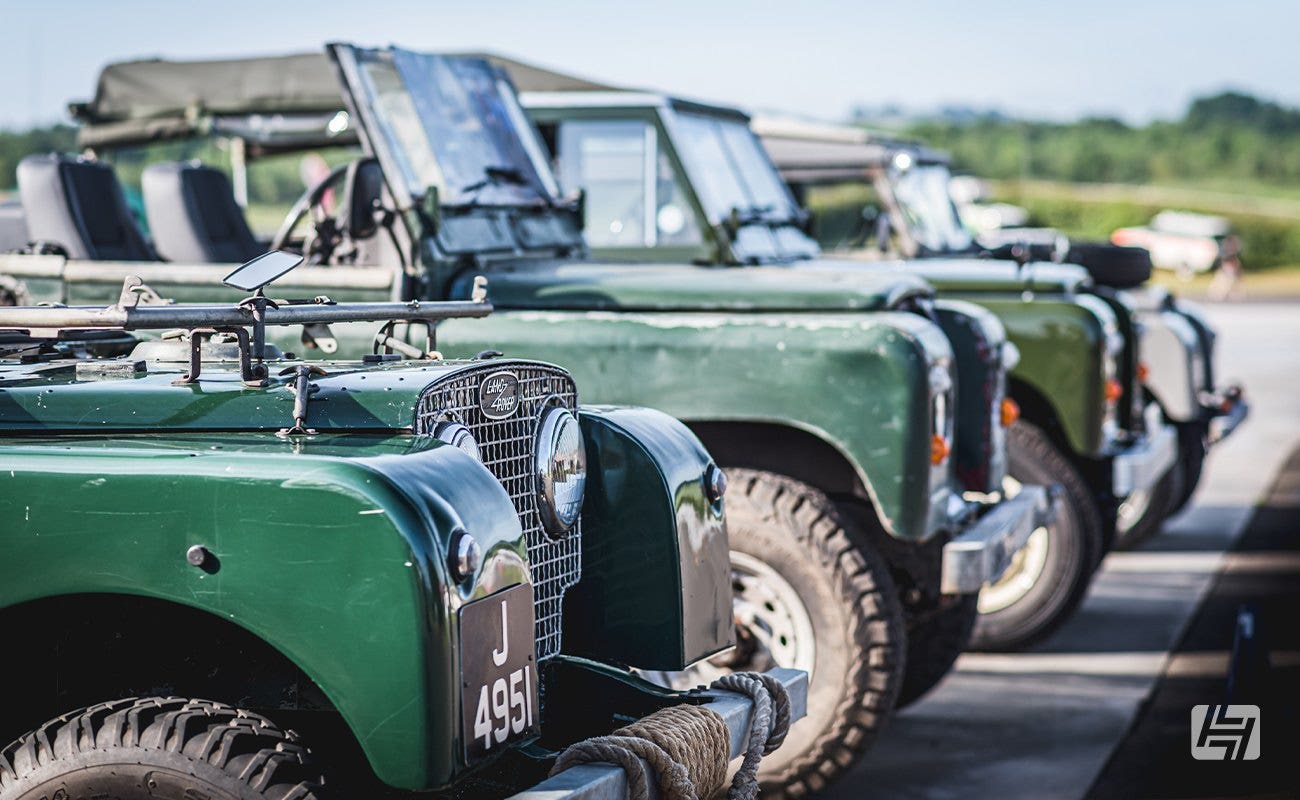

Land Rover Series 1-3 timeline
- 1948 – The Series 1 launched as a simple, sturdy design with a boxy shape and round headlights behind a flat front grille.
- 1954 – 80-inch wheelbase replaced by 86-inch and 107-inch introduced.
- 1958 - The Series II was available with a 2-liter or a 2.25-liter petrol engine and featured a slightly more refined design with a slightly more rounded shape and a redesigned front grille and headlights.
- 1961 - The Series IIA is hard to distinguish from the II, but among the changes is a 2.25-liter diesel engine option.
- 1967-1969 - Updates include the addition of a 2.6-liter petrol engine for LWB models and servo-assisted brakes. The headlamps move to the front wings in 1969.
- 1968-1984 - Lightweight models for military-specific use were put into production. Numbers total 37,897 across Series IIA and III platforms.
- 1971 - The Series III is launched – and while the looks are familiar, there’s a new plastic grille and an all-synchro gearbox.
- 1979 - The 3.5-liter V8 is available for the first time. Detuned from its Range Rover application, it still provides a notable boost in power and performance.
- 1982 - Looking to appeal to ‘lifestyle’ buyers, the County Station Wagon boasts ‘luxuries’ such as cloth seats and better soundproofing.
- 1985 - Series III production ends after 440,000 have been made.
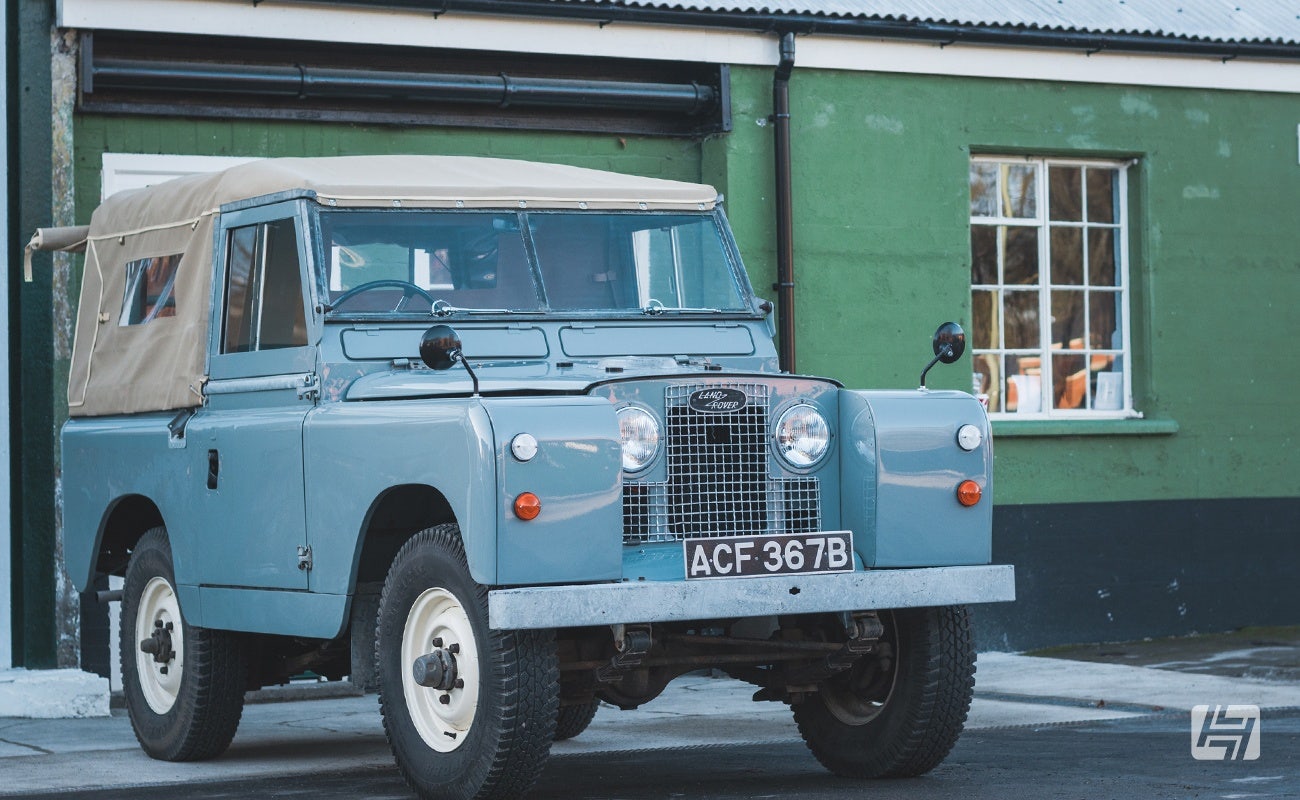

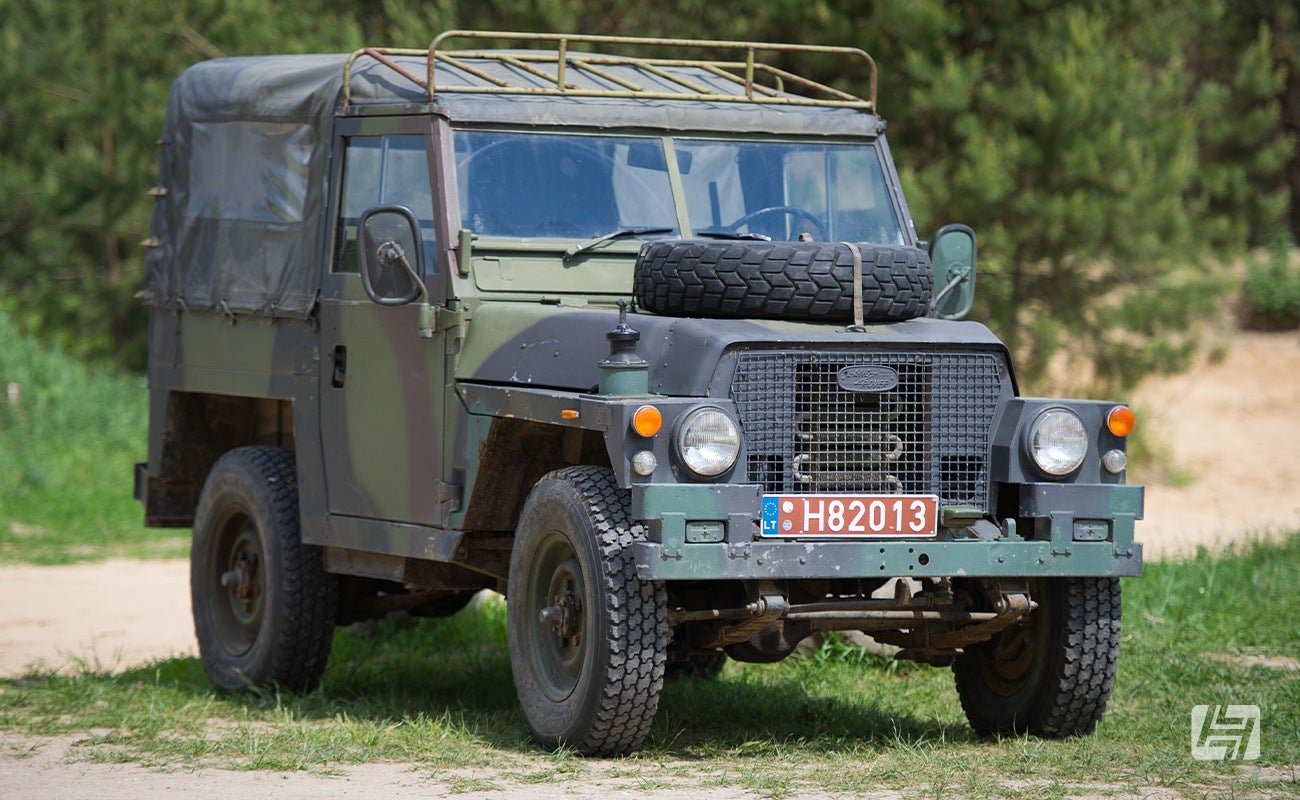

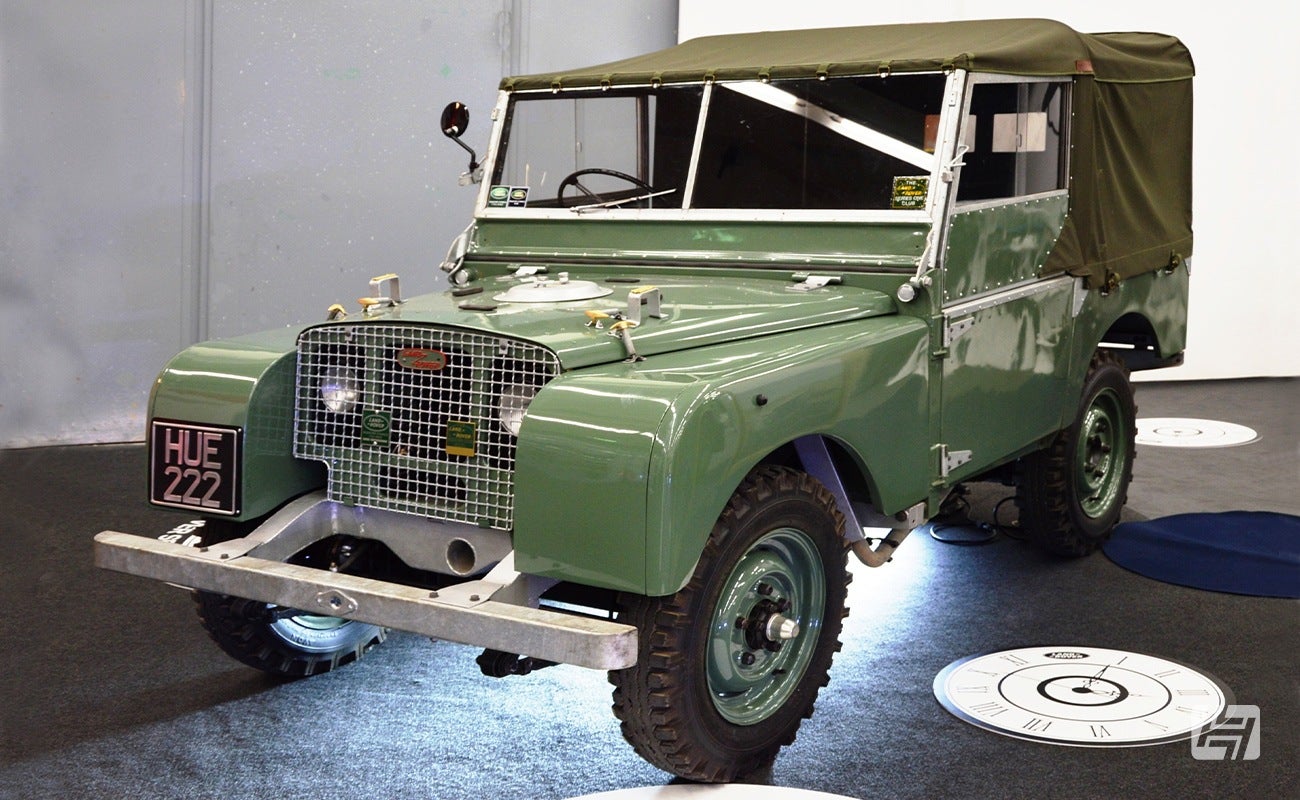

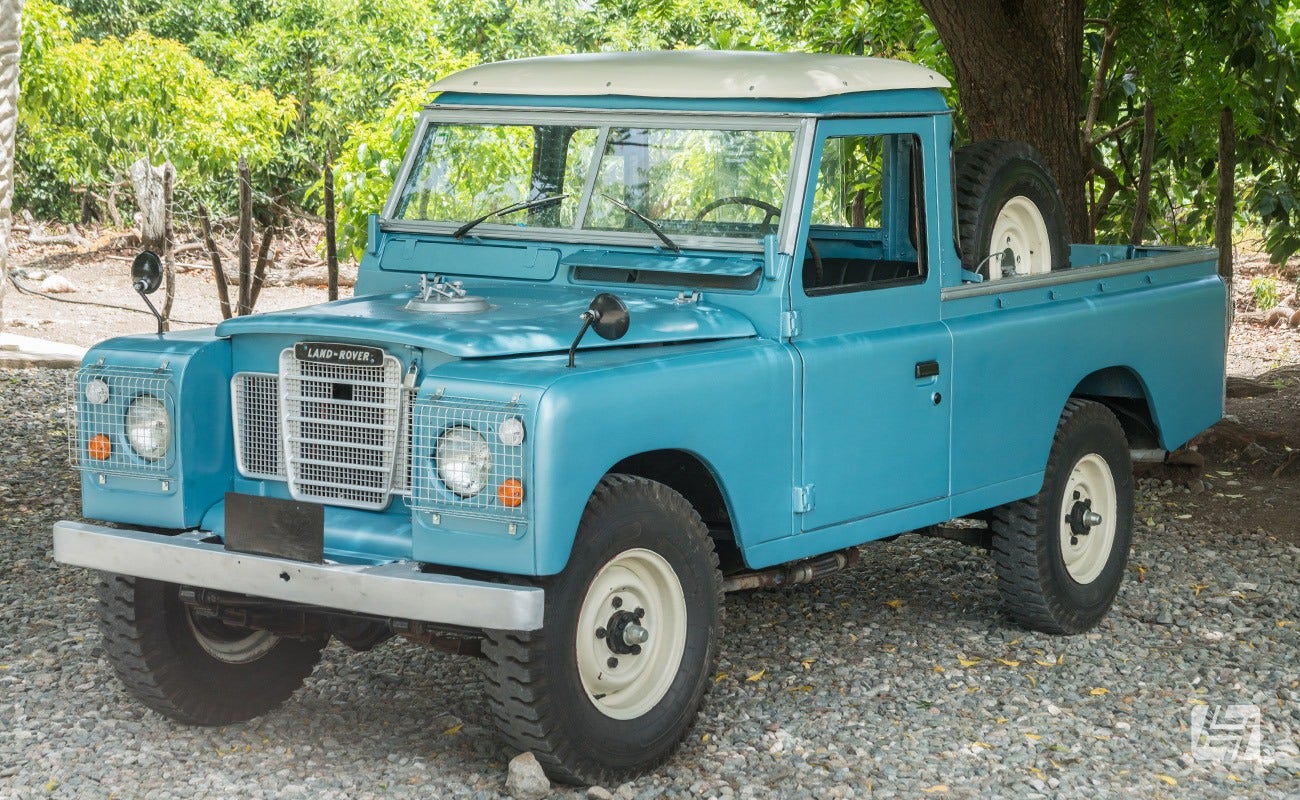

Where to buy a classic Land Rover?
It will come as no surprise to hear that some of the most popular places to look for a Series Land Rover is a blend of internet-based marketplaces, particularly eBay and the popular face of social media. Perhaps less popular than they once were, there remain a number of forums and groups dedicated to the old Landy and its iterations, which remain a treasure trove of useful information for both buying and restoring, but also somewhere to potentially appeal to enthusiasts for an ‘off market’ sale.
Given the worldwide popularity of the Landy, your search should also include Europe, Africa, and Australia where the go-anywhere vehicle did just that. Prices vary across those markets and of course, you’re then into the logistics of getting it home. However, some of the most interesting stories and examples of these early Land Rovers have come from some far-flung corners of the globe.
If you’re shopping abroad, it’s unlikely that you’ll get to see the car in person, so seek out a local independent expert to carry out PPI (pre-purchase inspection) on your behalf. Failing that, chat with the owner, and ask for some detailed photos and ideally videos of it with the engine running. Ask about the car’s current condition, the owner’s period of ownership, and what they know of the car’s history.
Depending on your reason for buying (how will you use it) and the level of condition you’re seeking, try to gather as much ownership documentation as possible to give you an idea of its history, original specification, prior maintenance, and clues as to what you may face in terms of restoration or future upkeep.
Having risen hugely in popularity during Covid, automotive online auction platforms can be another great source of potential Land Rovers for sale. The auction listings will generally provide a good overview of the vehicles and typically include 100+ photos, a detailed description, videos, and the ability to ask the owner questions. These platforms can provide easier access to classic cars well outside of your local area and offer a way to buy unseen, with an increased level of confidence.


Land Rover Series engines
The earliest Series I came with a 1.6-litre petrol engine putting out around 50 bhp. An existing Rover four-speed gearbox was used, with a new two-speed transfer box. It began as a very basic vehicle indeed, with door tops and a roof (canvas or metal) specified as optional extras. In 1950, the distinctive look of the lights positioned behind the front grille was updated by protruding the lights through the grille. 1952 saw a larger 2.0-liter petrol engine introduced, which gave the little Land Rover a significant torque gain, followed by a 2.0-liter diesel in 1956.
The Series II inherited the 2.0-litre engine carried over from the Series I, but then came the 2.25-litre petrol unit arriving a little later and is now considered the preferable in-period option for many series Land Rovers. A 2.25-liter diesel was added for the IIA, together with a 2.6-liter petrol. Five-bearing engines were fitted to the Series III from 1971, which feel smoother and tend to be more reliable. Of note during the Series III era, was the now highly desirable 3.5-liter V8, boasting yet more refinement and performance.
Generally speaking, the diesel engines throughout the years of the Series I, II, IIA and III models, are fairly lacklustre in comparison to their petrol alternatives, which translates to a subdued and underpowered drive, decreased desirability and some reduction in value.
It’s a Land Rover, so naturally look out for oil leaks (particularly around the flywheel housing), but equally don’t be alarmed by general small drips, they all ‘mist’ a little bit. Aside from any significant oil leaks, look for signs of overheating and excessive exhaust smoke. A smoky diesel could be suffering from a worn fuel pump or injectors, with earlier diesel models also having the potential for a cracked cylinder head and head gasket leaks.
Other areas of note include the core plugs which can weep, as can the water pump. If the temperature sensor at the back of the cylinder head is wet, the head gasket may have failed. Rubber valve guide oil seals can dry out and then deteriorate unless the Landy has been used regularly (get out and drive them, people!). Thermostat housing bolts should be checked on all engines as they tend to corrode and seize (the cylinder head will need to come off for a proper repair).


Land Rover Series gearbox
In terms of transmission, the four-speed manual gearbox is a fairly robust thing, but you should still check for worn synchromesh and bearings, and be wary of any jumping out of gear, or gears that are hard to select. Oil leaks equally extend to the transmission, also affecting the transfer box and axles. While out on a road test, listen and feel for excessive vibration caused by wear in propshaft joints.
Well worth your consideration is an upgrade to an overdrive or even a high-ratio transfer box, which makes a notable difference to keeping up with modern traffic and particularly on longer journeys.
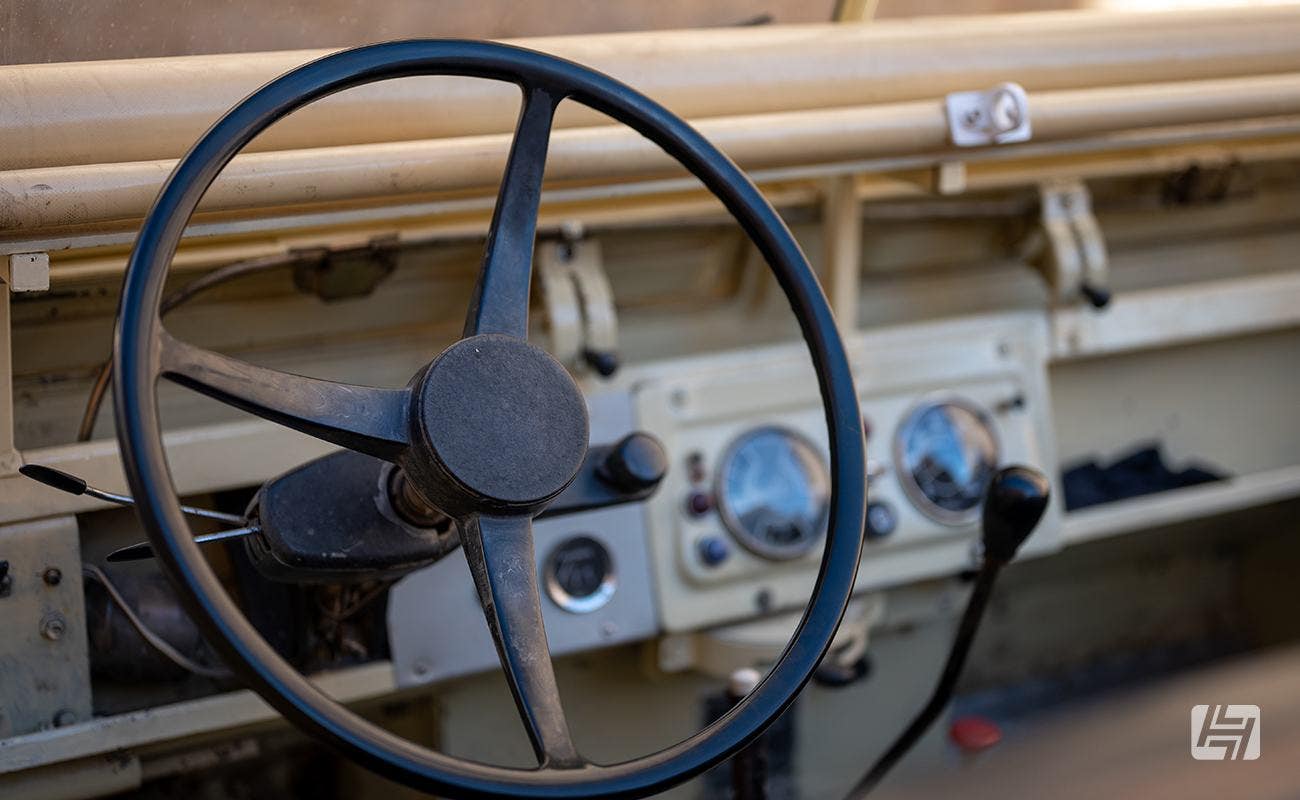

Driving a Land Rover Series 1-3
Driving a Land Rover can be likened to that of navigating a yacht, as you settle into a rhythm of constant, but minor steering adjustments. However, be wary of excessive play. If a lightly worn steering box is the case, a simple repair kit might suffice, but you’re looking at a much bigger budget if a new unit is required.
Check front swivel hubs for corrosion and pitting, although replacements are a low-cost affair. Noisy wheel bearings are not uncommon and can be changed easily, though be sure to fit the tab washer correctly, to avoid them becoming loose.
Suspension is taken care of by leaf springs at both ends. Key areas of note are the mounting points that may have suffered from rot, but also check the springs for sagging corrosion or cracked bushes. Replacement isn’t too difficult and new aftermarket ones are readily available. Likewise, aged and leaking dampers are simple and inexpensive to fix, with scope for an upgrade to better units.
The utilitarian boxy Landy has equally basic drum brakes all-round, which are more than adequate if maintained and adjusted correctly. Check the system for corroded and seized components and for any leaks from pipes, master, and wheel cylinders. When carrying out a general service, add a brake inspection to your list (including the handbrake) and it’s advisable to keep some spares on the shelf, as parts are cheap to source if an overhaul is needed. Again, you can upgrade to front discs although not really necessary.


Land Rover Series 1-3 body and chassis
Check the chassis. Thoroughly. It can be a real weak point and while the main checkpoints of the front dumb irons, the spring hangers, the rear cross member, body mounting points, and outriggers can either be replaced or repair sections sourced if the chassis is too far gone, you’ll be wanting a galvanized replacement which starts from around £2000. It’s no quick job either, so unless you’re looking for a project, we advise walking on to find a better example.
Moving on to the next area of priority, be sure to check the front bulkhead for rot. A replacement involves a lot of work and either a costly repair or a new front panel. While the Series Land Rovers are admired for their aluminum panels, checks should be made for galvanic corrosion where they meet the steel sections. Next on the list should be a thorough check of the steel door frames, footwells, inner wings, A-pillars, and the radiator/headlight panel for the dreaded tin worm. The Series Land Rover is very well-served when it comes to parts, panels, and repair sections, hence why many owners take them on as a project.
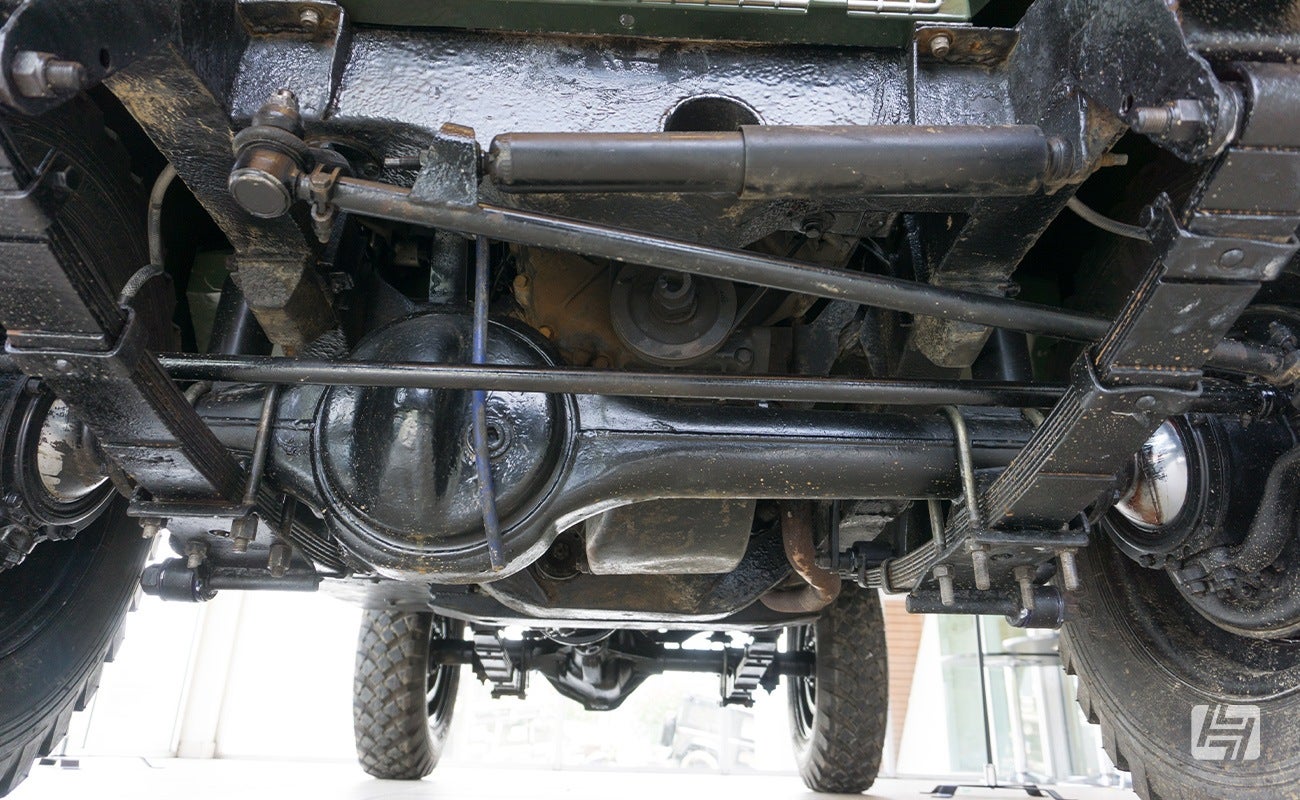

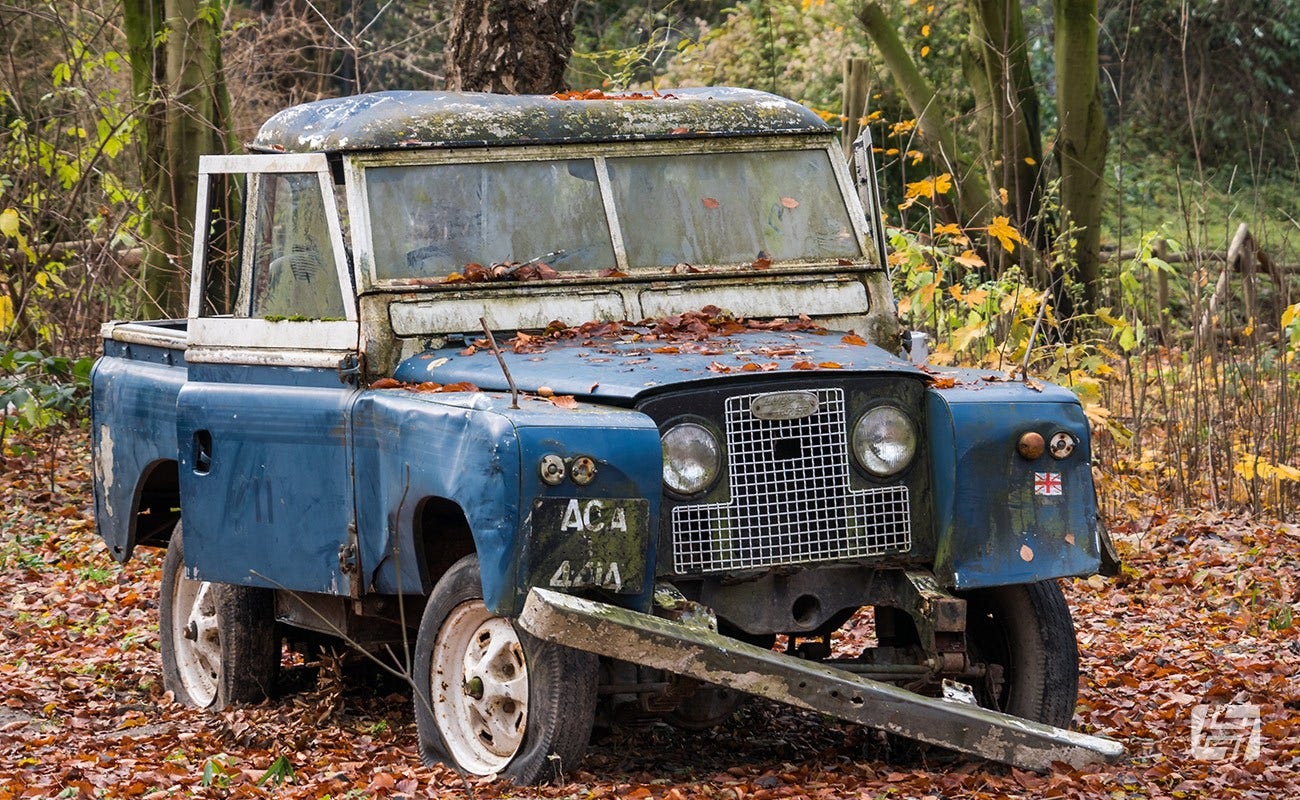

How much is a Land Rover Series 1-3?
For many years, enthusiasts and collectors have held the Series I, particularly the earlier years, in the highest regard and desirability. The early 80-inch 1.6 models tend to be the most collectible and as such can change hands for £50,000 - £70,000 as a guide for those in concours condition. A more usable daily classic in very good condition will be around £30,000 and will have you standing next to it proudly at the next classic car event. If something more focussed on green laning and off-roading is more your thing, then your budget can be softened to around £20,000. Anything under that mark either gets harder to find or very much becomes a project.
Moving to the 86-inch models of the mid-1950s, and then the 88-inch era, you’ll see a drop in values to around £15,000 for a usable example, with the very best up at the £30,000-£40,000 mark.
Running and usable Series II 88-inch models can be picked up for £10,000 upwards, with restored examples coming in at around £20,000-£25,000. A Concours Condition Series II will likely see you spending £35,000 or more.
Despite their younger age, the Series IIA isn’t all that much cheaper, with values very similar to that of the Series II. This in turn makes the Series III the more cost-effective ticket into series Land Rover ownership with prices for road-ready versions starting around £6000. That’s said, while the Series III was once considered the cheapest of them all by some margin, good to excellent examples are now fetching pretty strong money either privately or through dealers and auction sites. As with most classic cars of such provenance and iconic status, values tend to only go one way – the time is now!
Prices based on UK market at time of writing.


Summary
It’s uncomfortable, it’s drafty, the steering can be vague, it leaks when it rains, long journeys are unadvisable, they leak oil and to say they’re basic is wildly underplaying the reality. Why on earth would you want or buy a Series Land Rover?
In today’s world, they’re easy to write off as not making any sense. They’re vintage in feel, drive, and engineering, bumpy, and without any vestige of modern conveniences. But none of that matters. From the minute you step inside, you feel part of this famed British marque’s beginnings, its history, and the unique proposition they continue to be. Spend some time behind the wheel as a driver, as a passenger behind that folding front windscreen or seated sideways in the rear, and every aspect, every touch point, and every journey enforces why these simple, boxy, go-anywhere, versatile, best 4x4xFar vehicles are one of the most charming, fun and adventurous classics you could ever hope to own.
Nick




 Bug
Bug
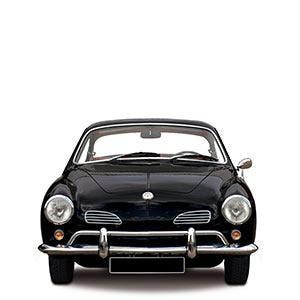 Karmann Ghia
Karmann Ghia
 Bay Bus
Bay Bus
 Vanagon
Vanagon
 Eurovan
Eurovan
 Transporter T5
Transporter T5
 Rabbit Mk1
Rabbit Mk1
 Golf Mk2
Golf Mk2


 911
911
 996
996
 997
997
 986 Boxster
986 Boxster
 987 Boxster
987 Boxster
 912
912
 944
944
 924
924






